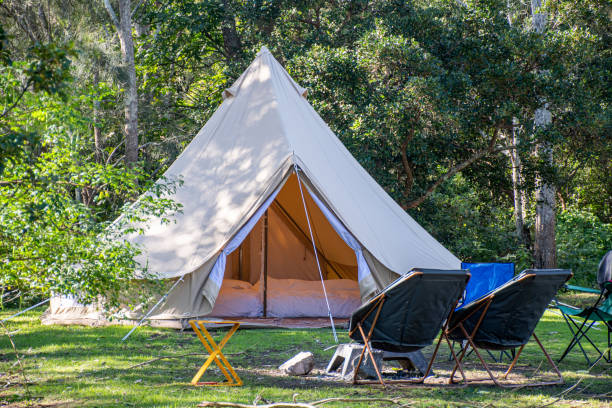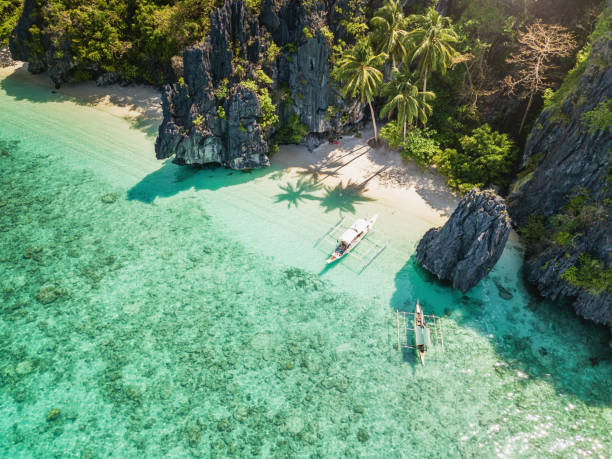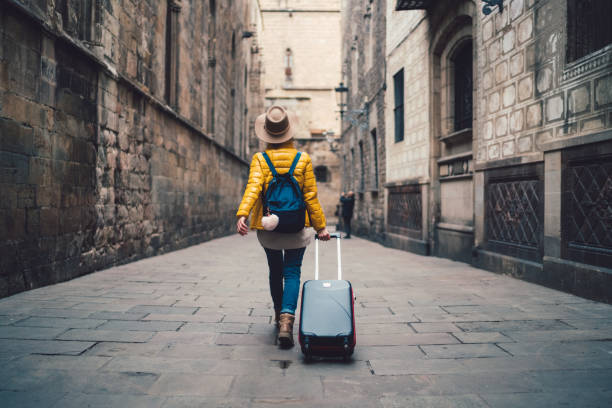
How to Travel Without Leaving Your Comfort Zone
Traveling is an exciting way to experience new places, meet new people, and step outside of your routine. But for many, the thought of venturing into unfamiliar destinations or trying new activities can feel intimidating. The good news is that you don’t have to throw yourself into the deep end to enjoy the benefits of travel. If you’re hesitant about stepping too far out of your comfort zone, there are plenty of ways to ease into travel while still having rewarding experiences.
Whether it’s your first time traveling or you’re simply not keen on big changes, here’s how you can start exploring without feeling overwhelmed:
1. Start with Nearby Destinations
You don’t have to travel halfway across the world to experience something new. Starting with local destinations can be a great way to dip your toes into travel. Think about places you’ve always wanted to visit but have never had the chance to explore. Whether it’s a nearby city, national park, or a quiet beach, short trips to local destinations will allow you to enjoy the perks of travel without straying too far from home.
Tips:
- Explore neighboring towns or cities you’ve never visited. You’d be surprised by the hidden gems nearby.
- Plan a weekend getaway to a location just a few hours away by car or train—no need to fly or book expensive accommodations.
- Try visiting a national park or nature reserve, where the experience of outdoor adventure can still feel like an escape from your everyday routine.
2. Travel at Your Own Pace
If the thought of busy airports or packed itineraries stresses you out, there’s no need to rush into things. The beauty of traveling is that you can control the pace of your trip. You can take a slow approach and break up your travels into manageable chunks that fit your comfort level.
Tips:
- Slow travel is a great way to ease into new places without feeling overwhelmed. Spend extra time in one location, learning about the local culture and customs. For example, visit a small town for a weekend and spend a day walking around, visiting local shops, and enjoying meals at local restaurants.
- Keep your schedule flexible, allowing for downtime to rest and recharge between activities.
- Avoid overcrowded tourist attractions if you’re not comfortable with large groups. Instead, seek out quieter, off-the-beaten-path destinations that provide a more relaxed experience.
3. Stick to Familiar Activities with a Twist
You don’t need to try skydiving or mountain climbing to have an adventurous experience. If you’re hesitant about trying completely new activities, start by incorporating travel-friendly versions of things you already enjoy. Whether it’s cooking, hiking, or exploring art, you can introduce a sense of novelty into familiar experiences.
Tips:
- Cooking classes are a fantastic way to explore local cultures without stepping too far outside your comfort zone. You can learn to cook a traditional dish while getting a taste of the destination’s culinary culture.
- If you’re a fan of hiking, consider a guided walk or easy nature trails in new destinations. The sense of adventure comes from the new surroundings, but you don’t have to push your limits too far.
- Try visiting museums, art galleries, or cultural centers where you can learn about a new place or culture in a comfortable setting.
4. Travel with Friends or Family
Traveling with people you know and trust can make the experience feel less daunting. Whether it’s a close friend, family member, or even a group, having familiar faces around can help you feel more at ease and confident. Plus, sharing the experience with loved ones can make it more enjoyable and meaningful.
Tips:
- Group trips with friends or family members allow you to experience new places while staying within your comfort zone. You can create a relaxed itinerary and ensure there’s a balance of activities that everyone will enjoy.
- Consider taking a staycation with your loved ones. Find a local resort or hotel in your area that offers amenities like a pool, spa, and restaurants. You can enjoy the luxury of a getaway without traveling far from home.
5. Try Staycations and Local Resorts
Staycations allow you to enjoy a vacation experience without leaving your home city or town. By checking into a local resort, hotel, or Airbnb with unique amenities, you can have the feeling of getting away while still being in a familiar environment.
Tips:
- Look for local resorts or boutique hotels that offer activities like spa treatments, hiking, or cooking workshops. You can enjoy a break from your routine while still being close to home.
- Consider booking an Airbnb in a nearby neighborhood or a cozy cabin outside of town. It’s a great way to enjoy a change of scenery, even if it’s just for a night or two.
6. Ease into Different Cultures Gradually
If you’re nervous about traveling to a place with a completely different culture, start by immersing yourself in that culture before you leave. Watching documentaries, reading books, trying local foods at home, and learning basic phrases in the local language can prepare you and make the experience feel less intimidating.
Tips:
- Visit cultural festivals or events that celebrate a certain culture, such as a food festival or cultural fair. It’s a great way to experience different traditions without leaving your home city.
- Try international cuisine at local restaurants. Whether it’s Thai, Mexican, or Italian, sampling new foods in your own city can help you build a connection to a new culture.
- Consider starting with cultural exchange programs or language courses that allow you to connect with people from other cultures in a comfortable setting, such as online classes or local cultural meetups.
7. Use Travel Apps and Services for Convenience
For those who are hesitant about the logistics of traveling, modern technology offers a lot of tools to help make the process easier. There are apps and services designed to simplify the travel experience, from finding accommodations to navigating unfamiliar areas.
Tips:
- Use travel apps like Google Maps, Citymapper, or local transport apps to help you get around easily.
- Private tours or small-group tours can provide a sense of comfort while still giving you the opportunity to explore new places with the guidance of a knowledgeable local guide.
- Apps like Airbnb or Booking.com offer user reviews, detailed descriptions, and photos of accommodations, so you can choose places that feel familiar and comfortable.
8. Stay in Comfortable Accommodations
Choosing the right type of accommodation can make a huge difference in how comfortable and relaxed you feel during your trip. Start by staying in familiar, comfortable settings such as hotels or boutique guesthouses that provide extra amenities, like a private bathroom and a welcoming environment.
Tips:
- If you’re hesitant about staying in a remote location, look for accommodations that are near familiar amenities like cafes, grocery stores, or transportation hubs.
- Consider staying in well-known hotel chains or glamping sites that offer luxurious camping experiences with added comforts and safety.
Travel doesn’t have to be an all-or-nothing experience. If you’re hesitant about venturing too far out of your comfort zone, there are plenty of ways to ease into it. By starting small, traveling locally, or engaging in familiar activities with a twist, you can gradually expand your horizons while still feeling comfortable and in control. Travel should be an enjoyable and enriching experience, and with the right approach, you can have amazing adventures without straying too far from what feels comfortable for you.


















